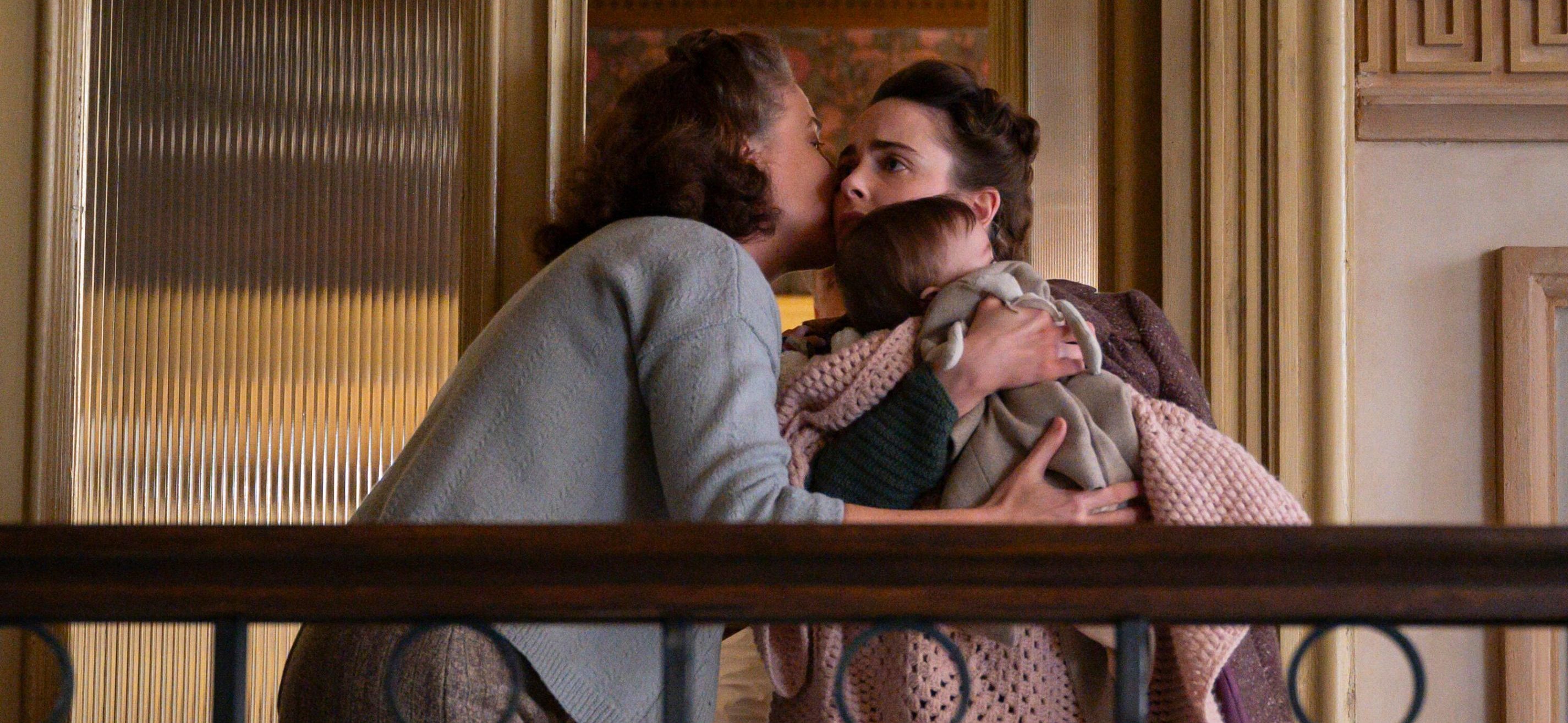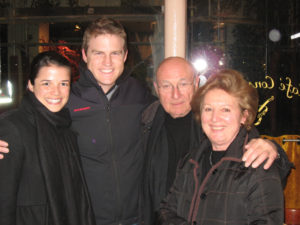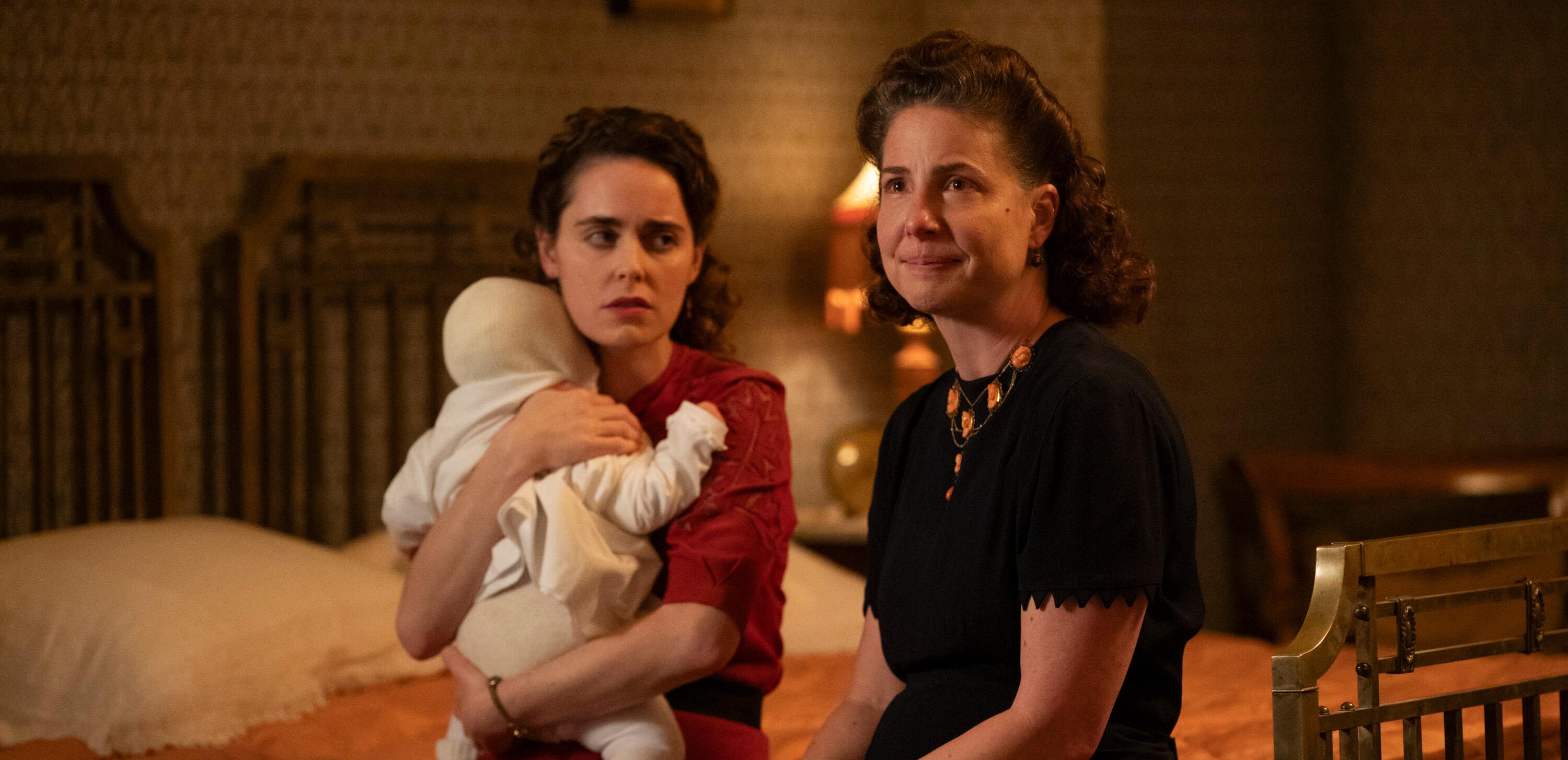The fourth episode of Hulu’s historical series ‘We Were the Lucky Ones’ follows Mila Kurc’s attempts to safeguard her daughter Felicia from the German forces. While she works as a factory worker, her colleagues help her hide Felicia in a big box covered with clothes. Even though she sets out to leave Poland, the journey only takes her to a site controlled by the Nazis, where she is forced to dig mass graves with several other Jews. The episode ends with Mila separating from Felicia as she asks her child to accompany another woman, pretending as the latter’s daughter, to escape from the Nazis!
The Almost Inseparable Mother and Daughter
After World War II began, in real life, Mila tried her best to protect her baby, Felicia. According to an interview given to Penguin Random House by Georgia Hunter, who wrote the source novel of the same name, “she [Mila] and her daughter attempted to escape the ghetto in broad daylight.” The duo, however, had to bid adieus to each other around 1943 as Mila left Felicia in a convent with the hope that the Nazis wouldn’t find and murder her. Her plan did work since Felicia wasn’t captured while she was hiding in the establishment. But the separation didn’t last long. Mila and Felicia survived the Second World War together.

As per Hunter’s book, based on the lives of her ancestors, Mila and Felicia escaped from Poland with the help of a pregnant Halina, the former’s sister. Halina, along with her parents Sol and Nechuma, guided Mila and Felicia to Italy on foot. The group crossed the Austrian Alps and ended up in Italy, where Mila’s husband Selim was waiting for his wife and daughter. The couple started a new chapter of their lives with Felicia in Rio de Janeiro, where Addy Kurc was waiting for his loved ones, including his sister and niece. In the Brazilian city, Felicia grew up and eventually attended a medical school.
After Felicia’s graduation, Felicia moved to France. Selim’s eventual demise made Mila leave South America and join her daughter in Europe. “Upon graduating, she [Felicia] met a Frenchman and a few years later moved to Paris to start a family. After Selim passed away, Mila followed her daughter to France. Today, Mila’s grandson lives in her old home in the Sixteenth Arrondissement, just blocks from Felicia and her husband, Louis, whose elegant apartment looks out on the Eiffel Tower,” Hunter wrote in her book. Mila expressed her gratitude towards Sister Zygmunta, who protected Felicia in the convent, by nominating her for the posthumous recognition of Righteous Among the Nations.

When Hunter was researching her family’s history to write the source novel, Felicia was the only surviving member among the Kurcs who had first-hand memories of war. “I was especially honored to sit down with Felicia, who was only a year old at the start of the war, and whose firsthand memories were heart-wrenching,” the author told Sound Watch News. Even though Felicia was just six years old on Victory in Europe Day (VE Day), she was able to recollect her experiences with Hunter clearly, despite the process not being easy for her.
“I’m still amazed at the lucidity with which Felicia was able to recall the details of her wartime experiences: the long coat her mother sewed as a part of a scheme to escape the ghetto… the thunderous stomp of German boots patrolling just inches from her hiding spot at a uniform factory where her mother worked… the stench of peroxide the nuns at the Catholic convent used to bleach her auburn hair blond, so she’d fit in with the other children,” Hunter wrote about Felicia on her website. The author also owes the title of her novel to Felicia, who described the Kurcs as “lucky ones” at a family reunion.


You must be logged in to post a comment.